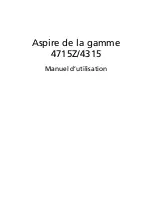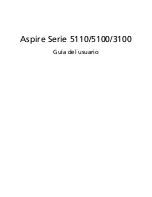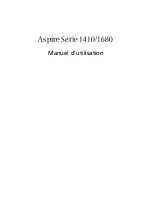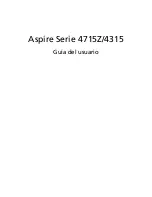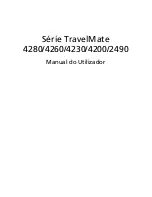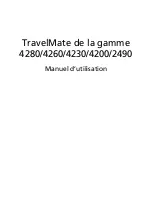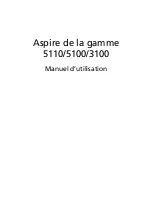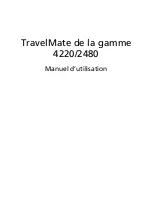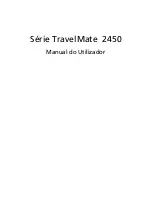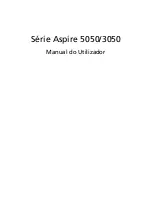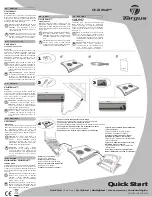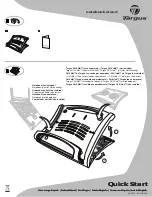
Windows 98 does make use of the extensions to track which programs are
associated with which extensions. Your software will usually assign an
extension to the long file name when you save, but you can choose the
extension yourself if you would prefer. The extension allows Windows 98 to
know what application to use to edit that file. Depending on your settings,
Windows 98 might not display those extensions in Explorer or My
Computer (since it uses icons for those files to indicate the program with
which they are associated), but it can be made to do so. Check the Windows
98 documentation for instructions on how to turn on that function.
OLE (object linking and embedding) is a built-in function of Windows 98
and of many applications that will run under Windows 98. OLE allows you
to create documents that are, in fact, compositions of multiple files in mul-
tiple applications. Thus, you could write a report in a word processor that
would include a set of data from a spreadsheet and a graph from a presen-
tation graphics program and a picture from an image-editing program. This
single document would be edited by using the programs to edit the individ-
ual components without you having to move from program to program
(OLE keeps track of what program needs to be used for editing a certain
part of a document).
Thus your data is stored in files and/or as documents. Your applications and
Windows 98 should do all the keeping track of the documents, allowing
you to concentrate on creating them.
Once you have created files or documents, you can make copies of them,
rename them, move them around, or do many other things with them. You
can also delete them when they are no longer necessary.
Fortunately, a file that has been deleted can usually be restored. If you have
used the Recycle program in Windows 98, the deleted files will be stored
there (until the bin is emptied). You can see the Windows 98 documentation
for information on how to use the Recycle program. Even a file that has
been “deleted” is usually recoverable, if you act quickly.
Chapter 2: Basic Computing
2.9
Summary of Contents for XL2
Page 1: ...User s Manual for notebook computers ...
Page 6: ...Table of Contents 6 Table of Contents ...
Page 11: ...Preface v ...
Page 13: ...Chapter One Getting Started Chapter 1 Getting Started 1 1 ...
Page 40: ...Chapter Two Basic Computing Chapter 2 Basic Computing 2 1 ...
Page 60: ...Chapter Three Mobile Computing Chapter 3 Mobile Computing 3 1 ...
Page 80: ...Chapter Four Desktop Operation Chapter 4 Desktop Operation 4 1 ...
Page 98: ...Chapter 4 Desktop Operation 4 19 ...
Page 99: ...Chapter Five PC Cards PCMCIA Chapter 5 PC Cards PCMCIA 5 1 ...
Page 113: ...Chapter Six Video Settings Chapter 6 Video Settings 6 1 ...
Page 123: ...Chapter Seven Upgrading Chapter 7 Upgrading 7 1 ...
Page 135: ...7 13 Chapter 7 Upgrading ...
Page 160: ...Chapter Nine Troubleshooting Chapter 9 Troubleshooting 9 1 ...
Page 187: ...Glossary Glossary G 1 ...
Page 204: ...Index Index I 1 ...
Page 211: ...WinBook Corporation 2701 Charter Street Hilliard Ohio 43228 ...































